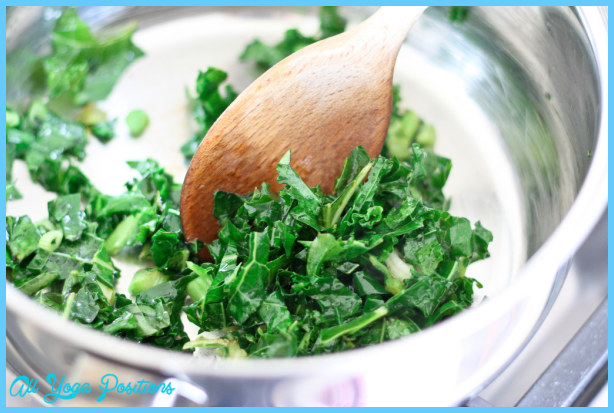Many yoga practitioners end up changing their diet once their practice becomes a significant part of their lives. This can be a subconscious change as you begin to listen to your body, like eating when you’re hungry and stopping when you’re full. Or you can consciously initiate a change. You may make some changes given a renewed desire to be healthier, or find inspiration in the Eight Limbs of Yoga (see here ) or the Ayurvedic practices (see here ). What you eat has a huge impact on your mind, body, and emotions. Some foods are energizing, increasing vitality and strength, while others sap our energy. The basic principle of yoga on and off the mat is to enter a state of harmony. In this way, eating is yoga.
A variety of diets are popular among yoga practitioners. You don’t have to blindly follow any one diet to practice yoga. In thinking about your diet, remember that yoga teaches us how to eat for our own bodies, schedules, and personalities. You may choose to explore other diets or variations on these diets. The one general rule to follow is to learn to eat mindfully. This means taking the time to cook your own food. Enjoy each smell and savor each flavor. Slow down to listen to the cues of your body, discovering your intuition and tuning into your nutritional needs.
Yoga Diet Photo Gallery
Here are some of the prevalent diets in the yoga world:
Vegetarian Eating no animals has been the traditional yogic diet though the centuries. This is based on the principle of ahimsa, which means, “do no harm.” Some vegetarians eat dairy and eggs and occasionally fish, but their main diet is plant based.
Vegan The vegan lifestyle takes the practice of vegetarianism one step further, renouncing all animal products in food, clothing, and cosmetics as a way of life. Sticking primarily to fruits, veggies, grains, nuts, seeds, and legumes, the vegan diet may seem strict but is becoming a popular way of living and eating. The vegan diet benefits the body and the whole planet. Since yoga means “union,” this can be an empowering way to see how your personal choices have the power to affect the world.
Ayurveda Ayurvedic eating focuses on adapting what we eat to our specific dosha or constitution Pose, as well as seasonal changes. It is a varied diet focused on eating to all six tastes: sweet, salty, sour, pungent, bitter, and astringent. These tastes contain the elements used to balance your dosha. Eating seasonally is another simple Ayurvedic practice that encourages us to live in harmony with nature.
Raw With a raw food diet, no food is cooked at over 118°F. The theory behind eating raw food is that when food is cooked, essential enzymes are destroyed and we miss out on their benefits. Raw foodists eat uncooked, unprocessed, and mostly organic foods.


























